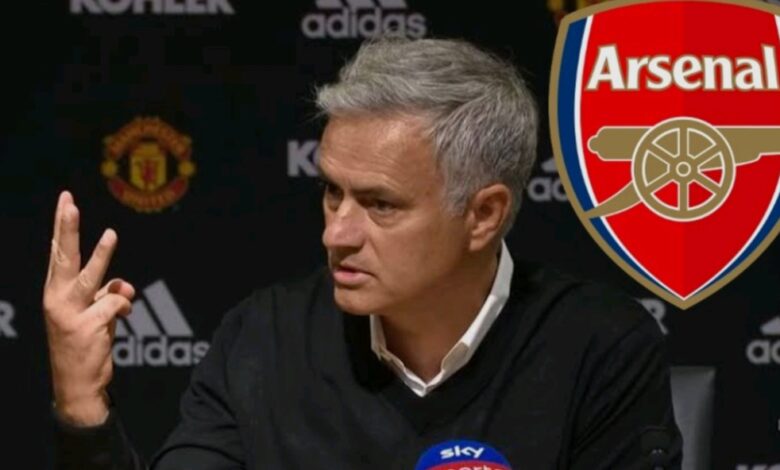Amid the ongoing debate surrounding the transfer window and Arsenal’s offensive strategy, the narrative that unfolded during the opening Premier League match was likely one Mikel Arteta had hoped to avoid.
With the pressure already intense, it was arguably even more significant for Kai Havertz, who had been under considerable scrutiny.
To date, Arsenal’s only addition to the senior squad in this transfer window has been Riccardo Calafiori.
This limited activity has fueled the growing dissatisfaction among fans, who are clamoring for more signings as the clock ticks down, with less than two weeks left in the transfer window.
The call for reinforcements has naturally grown louder with time.
Yet, in the face of mounting criticism, Havertz delivered an ideal response by finding the back of the net in the first half of Arsenal’s season opener.
His powerful header, which connected perfectly with an excellent cross from Bukayo Saka, was a textbook example of a classic center forward’s goal.
Havertz didn’t merely rest on his laurels after this; he continued to trouble Wolves throughout the match.
Although Havertz was twice brought down in the box with penalty appeals dismissed by the referee, he remained a constant menace.
His ability to win aerial duels and link up effectively with his teammates was evident and ultimately led to his second key contribution late in the game.
While much of the praise for Arsenal’s second goal was rightly directed at Bukayo Saka, who displayed his trademark brilliance by cutting in from the right and firing a left-footed shot past Wolves’ goalkeeper Jose Sa, Havertz’s role in the build-up cannot be understated.
His intelligent movement, spatial awareness, and precise execution were crucial in helping Arsenal maintain control and secure the victory.
Of course, this performance from Havertz is unlikely to completely silence the ongoing discussions on social media about Arsenal’s need for a new striker.
However, it does provide Mikel Arteta with compelling evidence to address the growing doubts about Havertz’s role.
The current transfer market has not been teeming with obvious striker options, and the two names most frequently mentioned—Viktor Gyokeres and Victor Osimhen—would both come with significant financial demands.
Additionally, at present, neither seems poised to displace Havertz from the starting lineup.
Given these circumstances, it may be more prudent for Arsenal to allocate any remaining transfer funds toward strengthening their wide areas.
Bukayo Saka, who was substituted in the second half, experienced several heavy challenges from opponents and even appeared to clutch his knee after one particularly rough tackle in the first half, though it wasn’t a serious injury.
While Leandro Trossard was introduced from the bench, the limited options on the wings are becoming increasingly apparent.
Reiss Nelson is currently the only other natural winger available, and he has been linked with a potential move away from the club.
This situation underscores the need to bolster the wing positions, adding further credence to the argument that Arsenal might be better served by holding off on making a major investment in a new striker for another six to twelve months.
That is unless, of course, Havertz has already shown that he might be the answer Arsenal has been searching for in their attacking lineup.
The performance by Havertz, particularly in his role as a central figure in Arsenal’s attack, illustrates that the club’s immediate focus might be better placed elsewhere in the squad.
While the clamor for a new striker persists, Havertz’s display provided a timely reminder that the solution Arsenal needs might already be within their ranks.
This calculated approach could allow Arteta to address more pressing needs in the team, potentially leading to a more balanced and formidable squad moving forward.
